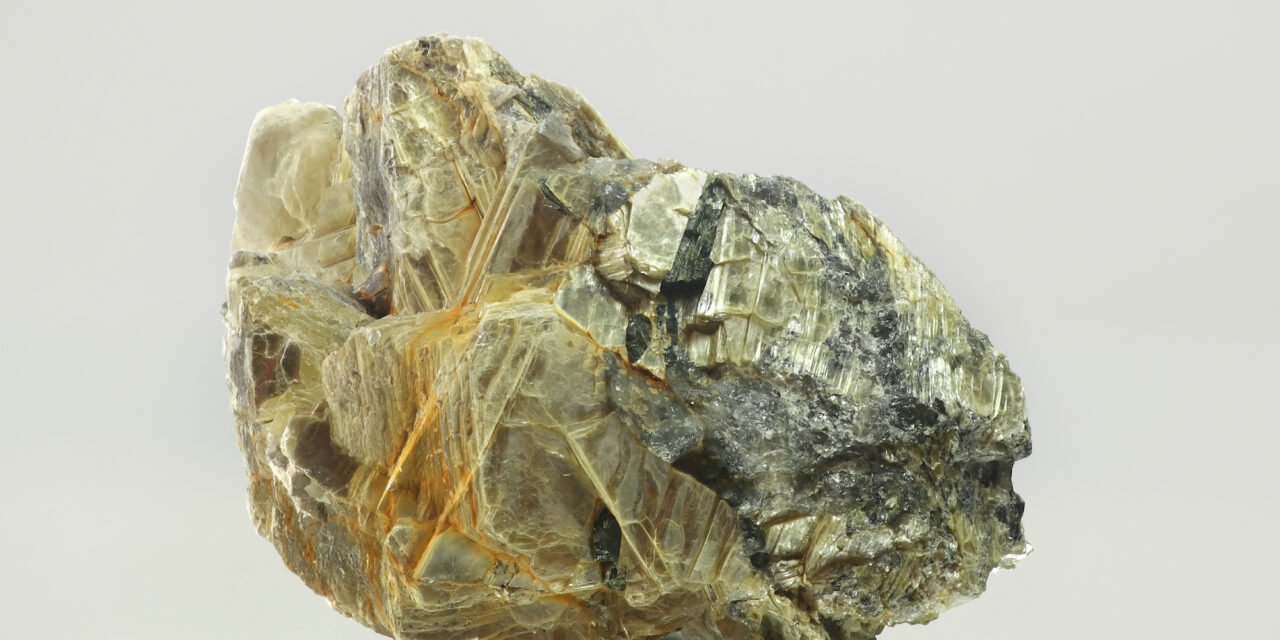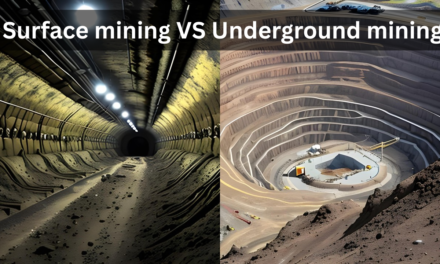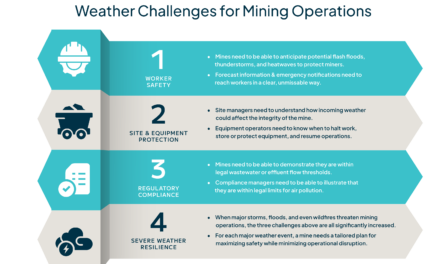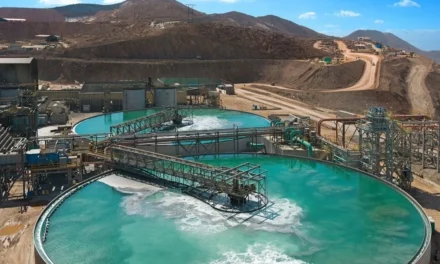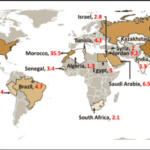Carbonate mineral deposits form primarily through sedimentary processes, although they can also occur in metamorphic and igneous environments. Here’s a breakdown of the different processes involved in their formation:
1. Sedimentary Formation (Most Common)
- Precipitation from Water: Carbonate minerals like calcite and dolomite commonly form when calcium and magnesium ions in water (usually in marine or lacustrine environments) react with carbonate ions (CO₃²⁻) dissolved in water. Over time, these ions precipitate out of the solution, forming solid minerals.
- Calcite: In oceans, lakes, or underground water systems, calcium carbonate (CaCO₃) can precipitate from water due to changes in temperature, pressure, or the chemical composition of the water. This forms limestone (a major source of calcite).
- Dolomite: Dolomite forms when magnesium-rich fluids replace calcium in limestone over time through a chemical reaction known as dolomitization.
- Biological Contribution: Many carbonate minerals also form biologically through the activities of organisms such as coral reefs, mollusks, and microorganisms. These organisms extract calcium carbonate (CaCO₃) from seawater to build shells, skeletons, or other hard structures. When these organisms die, their shells and skeletal remains accumulate on the sea floor, compacting over time to form limestone or dolomite deposits.
- Evaporative Processes: In evaporative environments like shallow, restricted seas or salt lakes, when water evaporates, it increases the concentration of minerals. Calcium carbonate can precipitate out of the water to form evaporite deposits. These deposits are often found in regions with a hot, arid climate.
2. Metamorphic Formation
- Regional Metamorphism: Carbonate rocks like limestone can be transformed into marble under high pressure and temperature conditions during regional metamorphism. This process changes the texture and composition of the original carbonate rock, often causing recrystallization of the mineral content.
- Contact Metamorphism: In some cases, carbonate rocks near igneous intrusions (e.g., lava or magma) can undergo contact metamorphism, causing minerals like calcite to recrystallize or form new carbonate minerals like dolomite.
3. Hydrothermal Formation
- Hot Springs and Geothermal Areas: Carbonate minerals can also form from hot springs or geothermal fluids, where heated water interacts with carbonate-rich rocks. Aragonite and calcite can precipitate from these mineral-rich fluids, especially in regions of active geothermal activity.
Major Global Sources of Carbonate Mineral Deposits
Carbonate mineral deposits are found all around the world, with certain regions being particularly rich in carbonate rocks due to their geological history and environmental conditions.
1. North America
- United States: The U.S. has significant deposits of limestone and dolomite, particularly in the Appalachian Mountains, the Great Lakes region, and parts of the Midwest. Large limestone deposits are also found in Texas and Kentucky.
- Mexico: Mexico has vast limestone deposits, especially in regions like Yucatán and Veracruz, which are used in cement production and construction.
2. Europe
- Italy: Famous for marble, Italy, particularly regions like Tuscany and Carrara, is a key source of high-quality calcite-based marble.
- Germany: The Swarzwald and Franconian Jura regions are rich in limestone and dolomite deposits, which are crucial for the cement and construction industries.
- United Kingdom: Carbonate rocks, particularly limestone, are abundant in the Pennines, South Wales, and Northern Ireland.
3. Asia
- China: China has some of the largest limestone and dolomite deposits in the world, located in regions like Guangxi, Hunan, and Shaanxi. These are used in a wide range of industries, including steel production and cement manufacturing.
- India: The Aravalli Range in India is rich in limestone and dolomite, providing raw materials for the cement industry. Magnesite deposits are also found in the state of Tamil Nadu.
4. South America
- Brazil: Brazil has significant limestone and dolomite deposits, particularly in regions like São Paulo and Minas Gerais, which are important for the cement industry.
- Argentina: The Andes Mountains have large carbonate deposits, including marble and dolomite, which are important for construction and ornamental stone uses.
5. Africa
- Morocco: Rich limestone deposits are found in regions like the Atlas Mountains, which are used for construction, as well as for lime production.
- South Africa: Limestone and dolomite are found in several regions, notably in the Limpopo Province, used in cement and lime manufacturing.
6. Australia
- Queensland: Limestone is abundant in Queensland and is used for cement production and road construction.
- New South Wales: Dolomite deposits are found here and used for a variety of industrial purposes, including steel production.
Conclusion
Carbonate mineral deposits form primarily through sedimentary processes such as precipitation from water, biological activity, and evaporative conditions. Metamorphic and hydrothermal environments can also produce carbonate minerals under specific geological conditions. Major global sources of carbonate deposits include regions in North America, Europe, Asia, South America, Africa, and Australia, where carbonate minerals like limestone, dolomite, and magnesite are extracted for use in various industries, from construction to metallurgy and environmental applications. These deposits are essential to a range of industries and are critical to the global economy.

